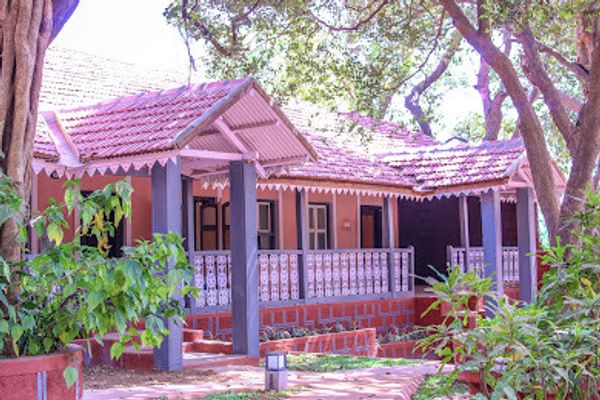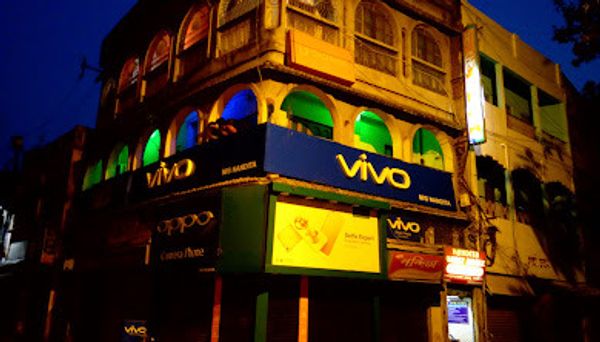Panch Kedar: A Complete Guide to Visit Ancient Temples of Lord Shiva
 Mountains Curve
06 Feb, 2025
10 mins read
1310
Mountains Curve
06 Feb, 2025
10 mins read
1310
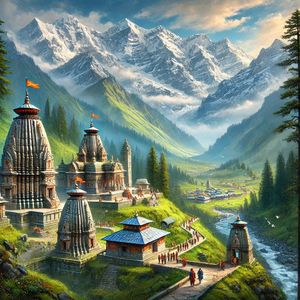
The Panch Kedar Yatra is one of Uttarakhand’s most revered pilgrimage circuits, drawing devotees from across the globe. This sacred journey connects five ancient temples dedicated to Lord Shiva, each symbolizing a different part of the sacred bull, Nandi. The Panch Kedar Yatra provides a unique opportunity for spiritual seekers, adventure enthusiasts, and nature lovers to experience the mesmerizing beauty of the Himalayas while visiting these historic shrines.
Located in the Garhwal region of Uttarakhand, the Panch Kedar temples are accessible through a combination of scenic drives and challenging treks. The pilgrimage covers Kedarnath, Madhyamaheshwar, Tungnath, Rudranath, and Kalpeshwar, each holding immense spiritual significance. In this article, we will explore the history of the Panch Kedar, the best route for the trek, what to expect on the way, and some tips for a smooth journey.
The Significance of the Panch Kedar Temples
The five temples of Panch Kedar represent different parts of Nandi, Lord Shiva’s sacred bull. According to myth, following the Pandavas' battle in the Mahabharata, they sought Lord Shiva’s blessings to atone for their sins. Shiva, in the form of a bull, hid in the Garhwal region to elude them. It is believed that when he finally appeared, he manifested in different forms at each temple. Here’s an overview of the Panch Kedar Temples and the part of Nandi they represent:
Kedarnath: The most famous of the five temples, Kedarnath represents Nandi’s hump. Situated at 3,583 meters, it is one of the holiest Shiva temples. The trek to Kedarnath is demanding but offers breathtaking views of the surrounding mountains.
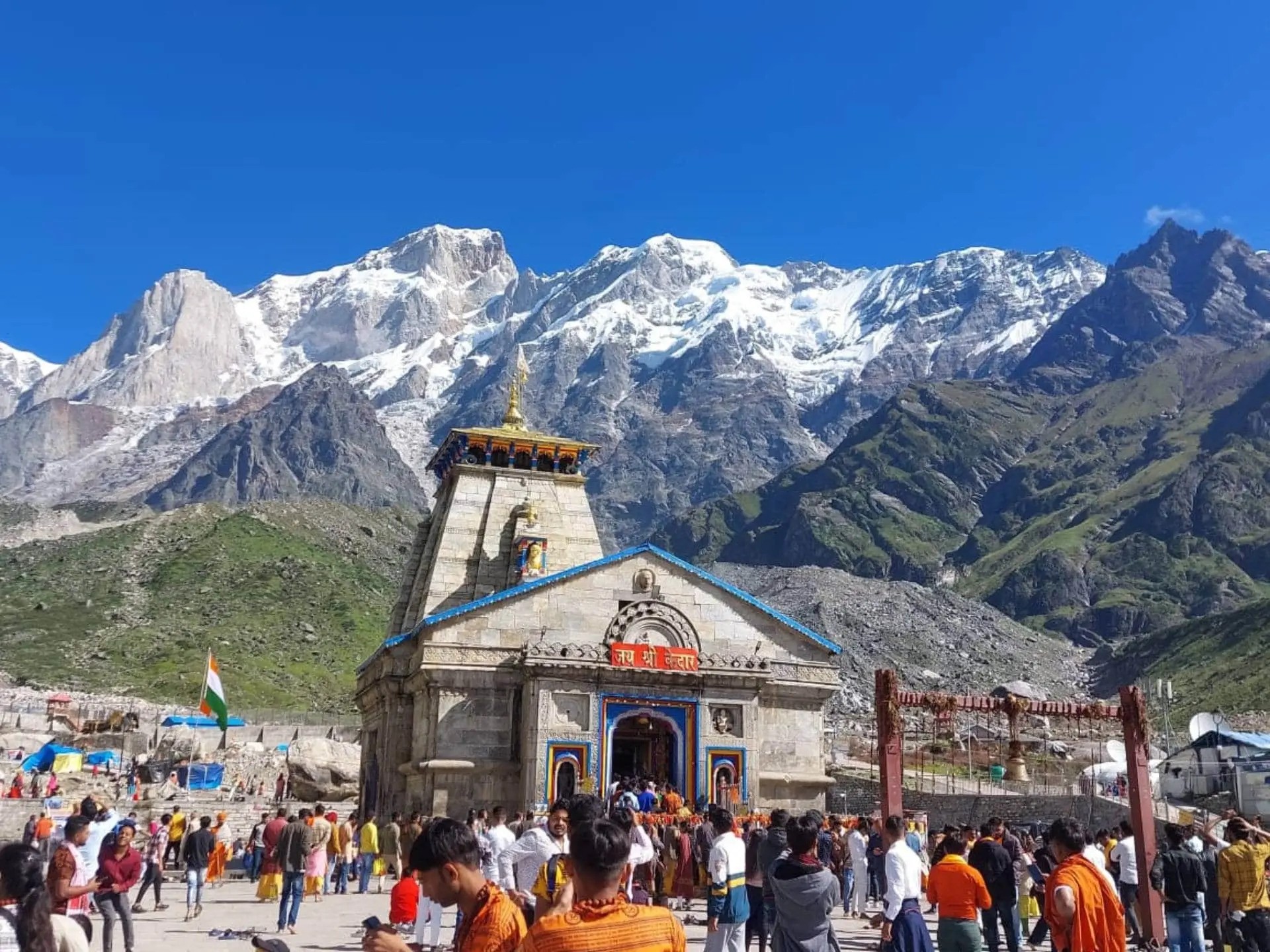
Madhyamaheshwar: Representing the navel of Nandi, this temple stands at 3,497 meters in the Madhyamaheshwar Valley. Known for its serenity, it offers a peaceful atmosphere and is less crowded than Kedarnath, making it a tranquil place for reflection.
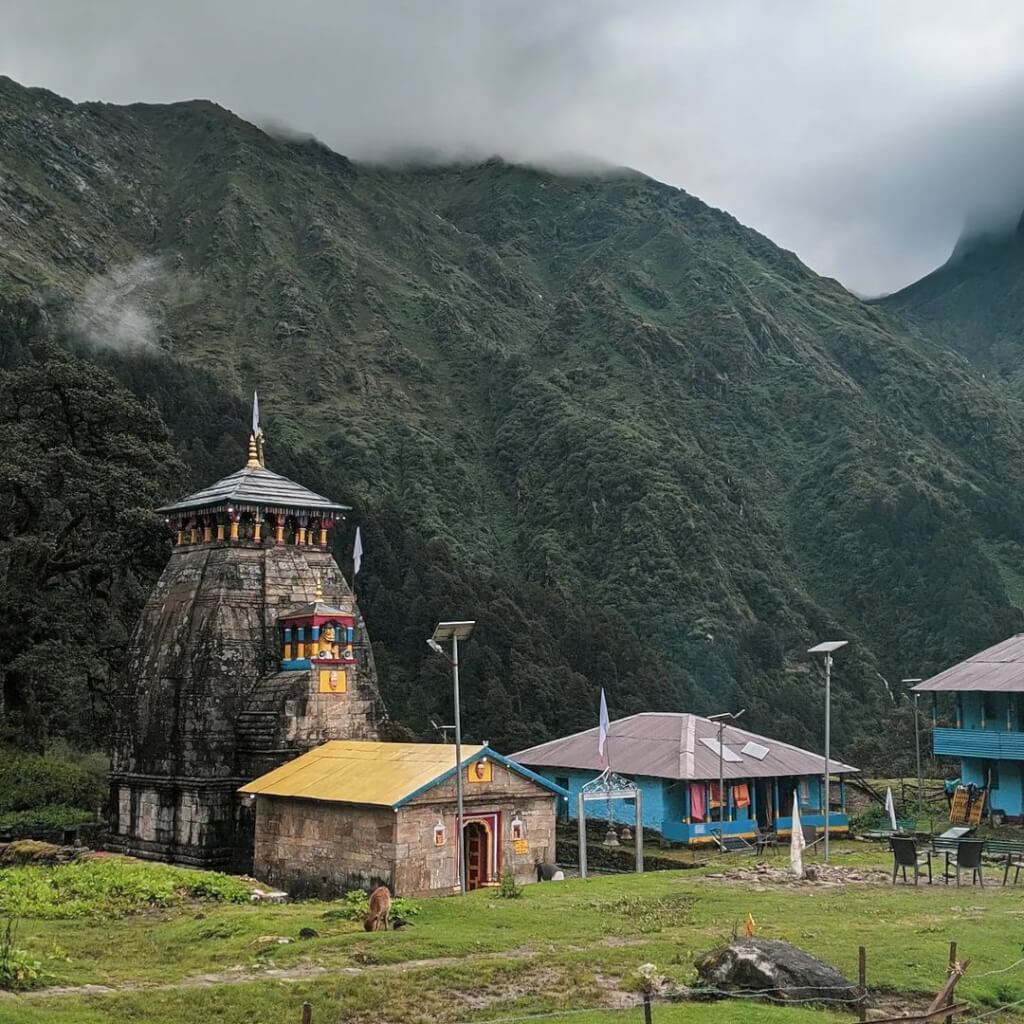
Tungnath: Representing the arms of Nandi, Tungnath is the highest of the Panch Kedar temples at 3,680 meters. The trek to Tungnath is relatively short and easier, making it accessible for pilgrims and trekkers alike.
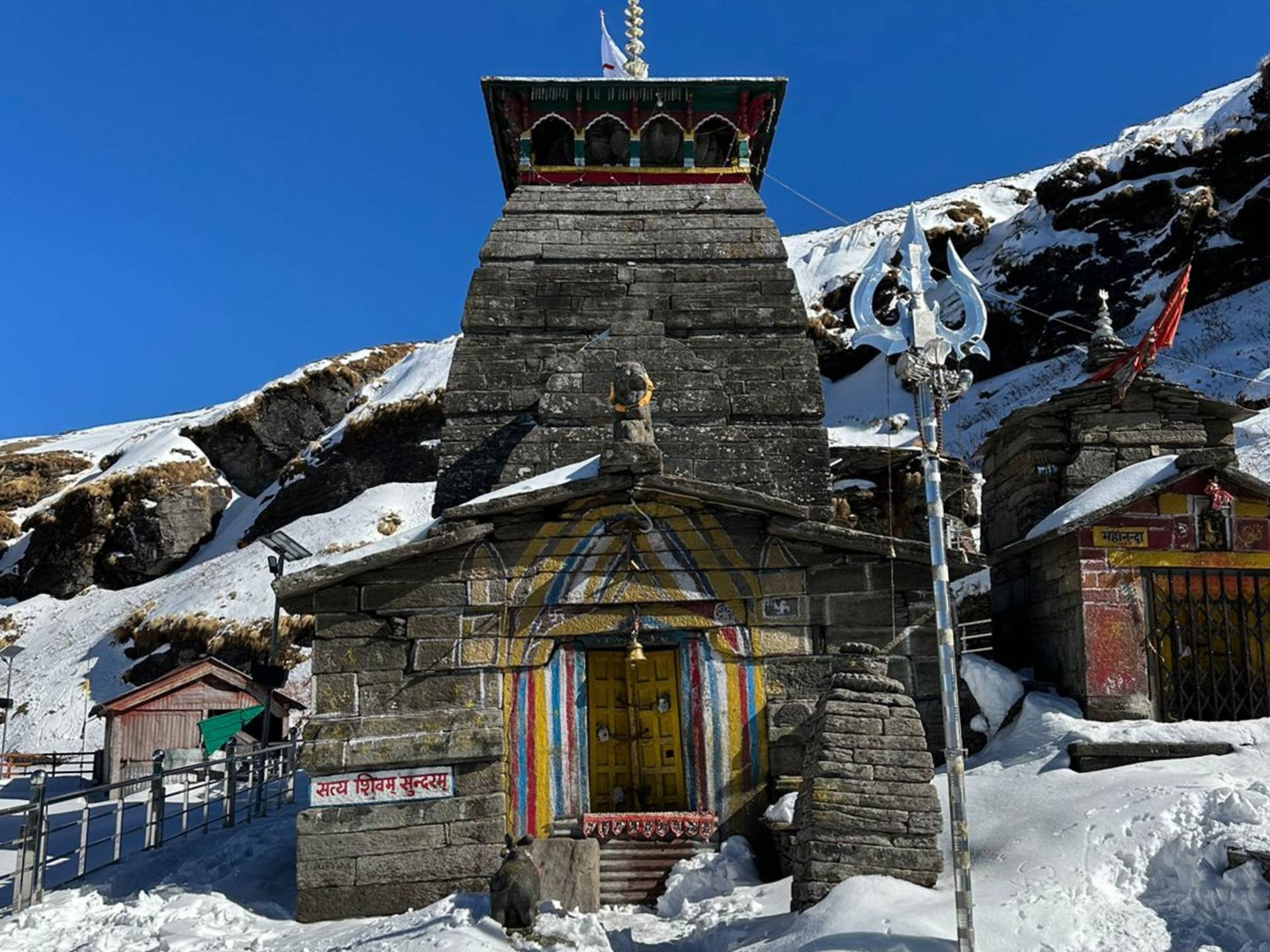
Rudranath: Representing the face of Nandi, Rudranath lies at 2,286 meters, surrounded by rugged mountain ranges. Though the trek to Rudranath is challenging due to its remote location, it offers a profound spiritual experience.
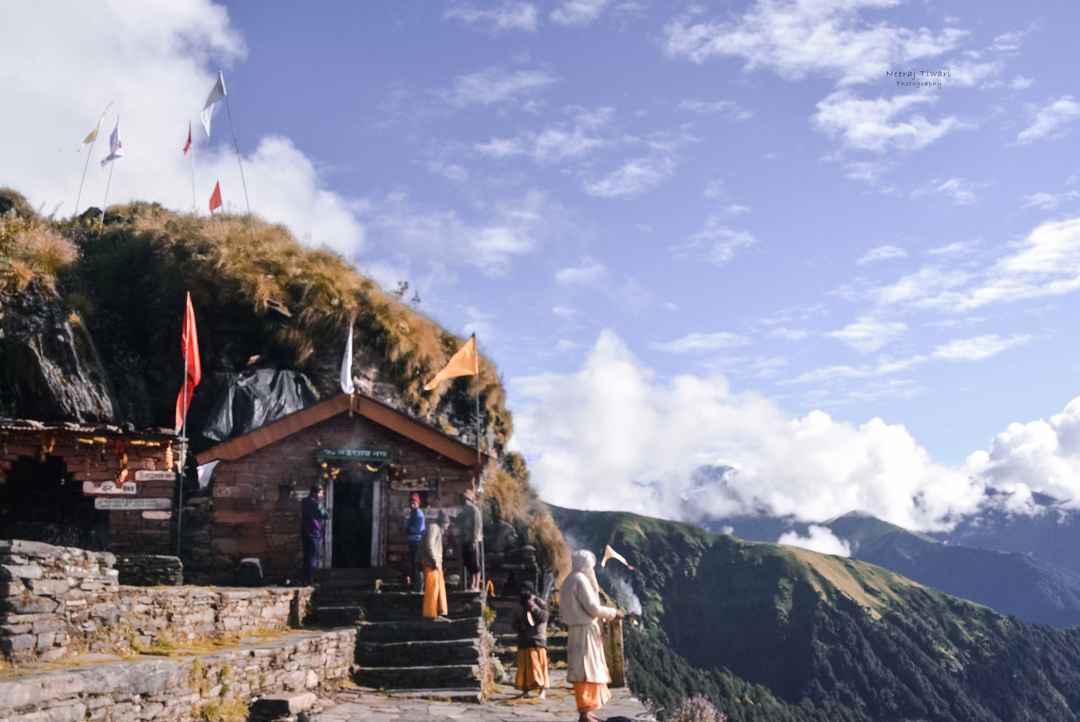
Kalpeshwar: Representing Nandi’s hair, Kalpeshwar is located in the Urgam Valley at 2,200 meters. The peaceful ambiance here makes it an ideal destination for solitude and spiritual contemplation.
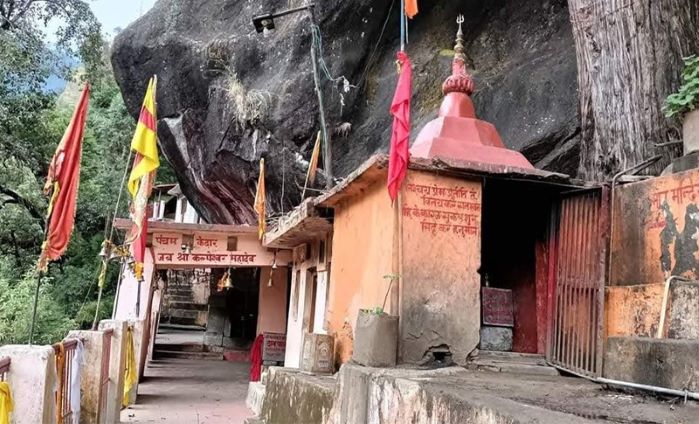
The Panch Kedar Yatra Route
The traditional route for the Panch Kedar Yatra begins in Rishikesh, where pilgrims gather before starting their journey. The trip involves a combination of road travel and trekking, with each leg bringing you closer to the sacred temples. Here’s a suggested route for the trek:
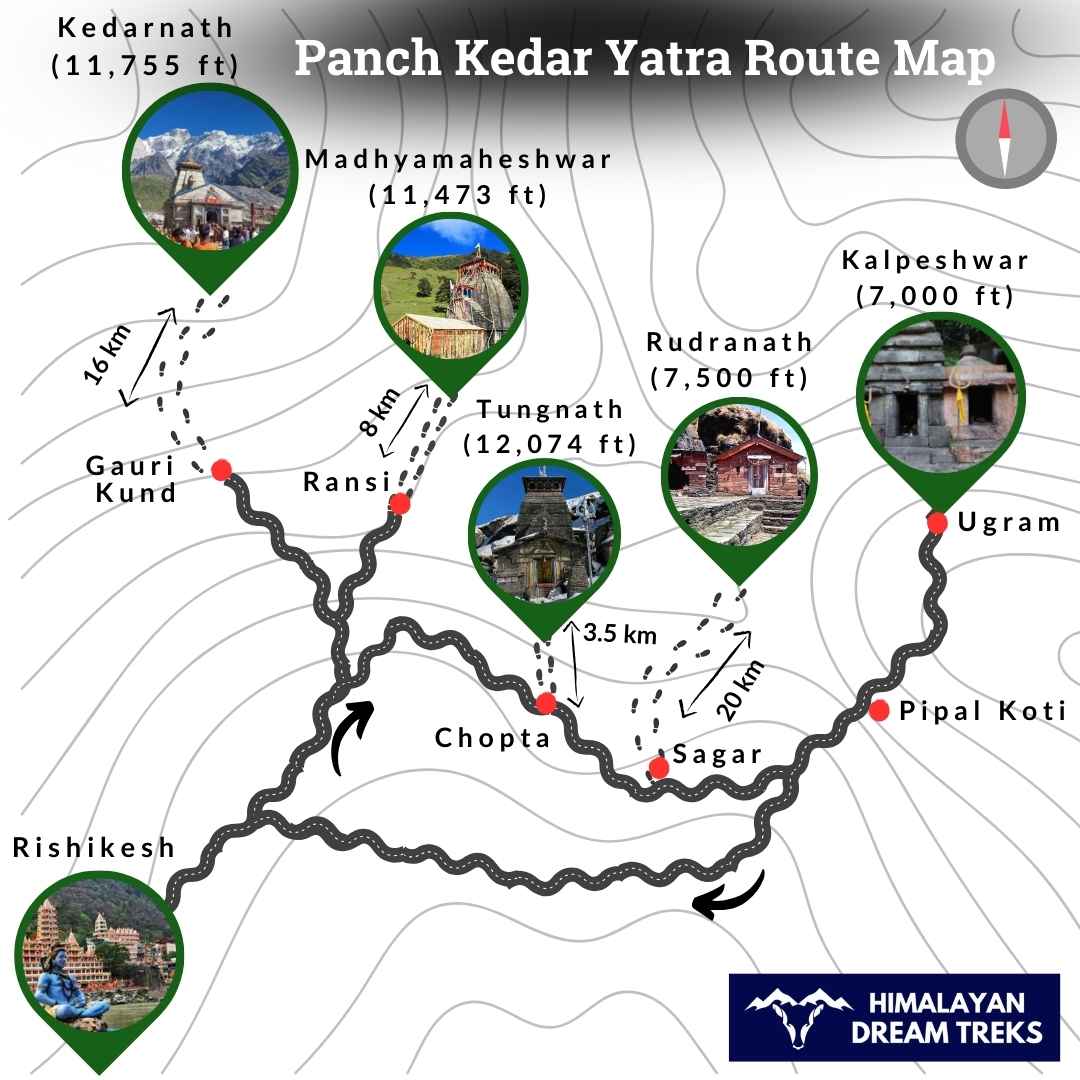
Day 1: Rishikesh to Gaurikund
Start your journey in Rishikesh, driving approximately 200 kilometers to Gaurikund, the base for the Kedarnath trek. The drive takes 7-8 hours. Gaurikund, named after Goddess Gauri, marks the beginning of the Kedarnath pilgrimage.
Day 2: Trek from Gaurikund to Kedarnath
The 16-kilometer trek to Kedarnath takes 6-8 hours. Though steep, the trek offers stunning views of the surrounding mountains and valleys. Upon arrival, you’ll be greeted by the majestic Kedarnath Temple.
Day 3: Return to Gaurikund and Drive to Ukhimath
After visiting Kedarnath, return to Gaurikund and drive to Ukhimath (60 kilometers, 3-4 hours). Ukhimath is home to the winter seat of Lord Kedarnath.
Day 4: Trek from Ukhimath to Madhyamaheshwar
The 21-kilometer trek to Madhyamaheshwar takes 8-10 hours. The journey passes through lush forests and meadows, with scenic views of the Himalayas.
Day 5: Return to Ukhimath and Drive to Chopta
After visiting Madhyamaheshwar, return to Ukhimath and drive to Chopta, the base for the Tungnath trek. The drive is about 30 kilometers and takes 3-4 hours.
Day 6: Trek from Chopta to Tungnath
The short 3.5-kilometer trek to Tungnath takes 2-3 hours. The temple offers panoramic views of the surrounding peaks.
Day 7: Return to Chopta and Drive to Sagar
Return to Chopta, then drive 120 kilometers (6-7 hours) to Sagar, the starting point for the Rudranath trek.
Day 8: Trek from Sagar to Rudranath
The challenging 16-kilometer trek to Rudranath takes 8-10 hours. The rugged terrain offers stunning Himalayan vistas.
Day 9: Return to Sagar and Drive to Kalpeshwar
After visiting Rudranath, return to Sagar and drive 80 kilometers (4-5 hours) to Kalpeshwar, the last temple in the Panch Kedar Yatra.
Day 10: Visit Kalpeshwar and Return to Rishikesh
Conclude the yatra with a visit to Kalpeshwar Temple. After seeking blessings, drive back to Rishikesh to end your pilgrimage.
Best Time to Visit Panch Kedar
The best time for the Panch Kedar Yatra is from May to October, as the temples are accessible during these months. Winter brings heavy snowfall, and the temples are closed, making summer and early autumn the ideal seasons for the pilgrimage.
Tips for the Panch Kedar Trek
- Fitness: The trek involves moderate to challenging terrain, so physical preparation is essential.
- Weather Gear: Pack appropriate clothing for fluctuating temperatures at high altitudes.
- Accommodation: Book your accommodations in advance, especially during peak pilgrimage season.
- Travel Insurance: Consider purchasing insurance that covers medical emergencies and evacuations.
- Health and Safety: Carry a first-aid kit and stay hydrated throughout the trek.
Conclusion
The Panch Kedar Yatra offers an unforgettable spiritual experience, combining challenging treks, serene landscapes, and sacred temples. Also, it has prominants place among best spiritual destinations in Uttarakhand. It’s a perfect blend of physical challenge and spiritual awakening. Whether you’re seeking adventure or enlightenment, the Panch Kedar Trek provides a unique opportunity to connect with nature and Lord Shiva’s divine presence. With careful planning, a safe journey, and an open heart, this pilgrimage is sure to leave you with lasting memories and deeper spiritual insight.
Written By:
Mountains Curve



Hotels at your convenience
Now choose your stay according to your preference. From finding a place for your dream destination or a mere weekend getaway to business accommodations or brief stay, we have got you covered. Explore hotels as per your mood.
